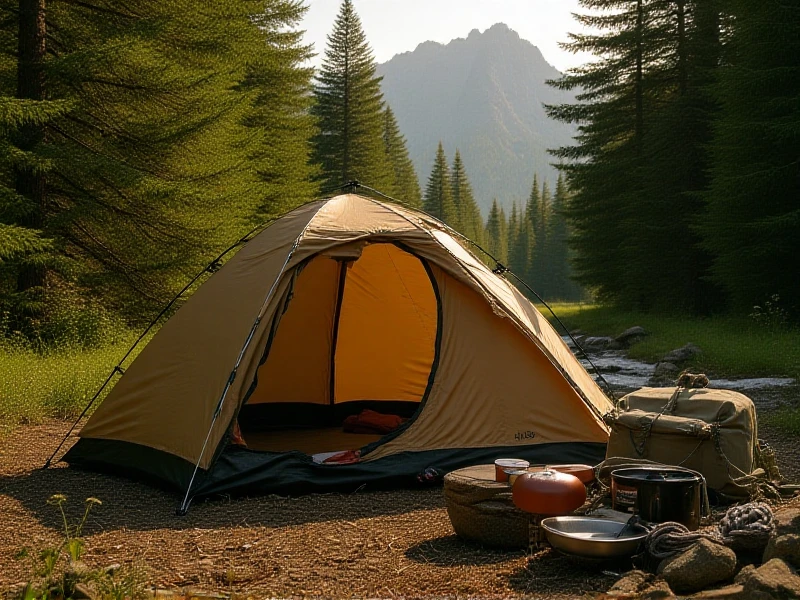
Choosing the Perfect Tent: Your Gateway to Unforgettable Outdoor Adventures
2025-10-28
Title:
A reliable tent transforms time in the wilderness from survival to pure enjoyment. Whether you're backpacking deep into the mountains or setting up basecamp by a serene lake, the right tent shelters you from the elements and becomes your cozy retreat. Understanding key tent features ensures your shelter enhances, not hinders, your adventure.
Tent Types for Every Adventure:
- Backpacking Tents: Prioritize being ultralight and compact. They use minimalist poles and durable, lightweight fabrics. Dome shapes offer excellent wind resistance, ideal for exposed trails.
- Car Camping Tents: Space and comfort reign supreme. Often featuring cabin or dome designs with near-vertical walls and multiple rooms, these tents offer generous headroom and easy entry. Features like gear lofts and multiple doors are common.
- Backyard & Family Tents: Designed for convenience, these large tents like pop-up or instant shelters prioritize speedy setup. Durability remains key for prolonged family use.
Essential Tent Features:
- Waterproofing: Look for a durable, waterproof rainfly covering the entire tent body. High hydrostatic head ratings (e.g., 2000mm ) guarantee protection. Seam tape on critical seams is non-negotiable.
- Seasonality:
- 3-Season: Versatile for spring, summer, and fall. Feature ample ventilation for warmer weather and sufficient weather protection for mild rain/wind.
- 4-Season/Mountaineering: Built with robust poles, sturdy fabrics, and minimal mesh to withstand heavy snow, high winds, and freezing temperatures.
- Capacity: Tent capacity (2P, 4P, etc.) refers to the maximum people that fit snugly. For comfort and gear storage, choose a tent rated for one person more than your group (e.g., a 3P tent for two people).
- Doors & Vestibules: Multiple doors prevent crawling over tentmates. Vestibules provide crucial dry storage space for packs and boots outside the sleeping area.
- Poles & Setup: Aluminum poles balance strength and weight better than fiberglass. Color-coded clips and pole sleeves simplify pitching. Practice setup at home before hitting the trail!
- Ventilation: Mesh panels and adjustable vents combat condensation build-up inside the tent, crucial for comfort.
Making the Right Tent Choice:
- Evaluate Your Needs: Where will you camp most? How many people need shelter? How critical is weight?
- Durability vs. Weight: Backpackers sacrifice some durability for lightness. Car campers can afford heavier, more robust materials.
- Weather Preparedness: Match your tent’s seasonality to realistic conditions. Pushing a 3-season tent into winter situations risks safety.
Tent Care Tips:
- Always use a footprint or groundsheet to protect the tent floor from abrasion and moisture.
- Ensure your tent is clean and completely dry before storing it long-term to prevent mold and material degradation.
- Practice pitching at home – mastering setup in calm conditions makes tackling it at wind-swept campsites far easier.
Investing in a well-suited tent is investing in comfort, safety, and memorable outdoor moments. By carefully considering your adventures, prioritizing essential protection features, and understanding tent terminology, you'll find your perfect outdoor home base. Happy camping!
CATEGORYS: